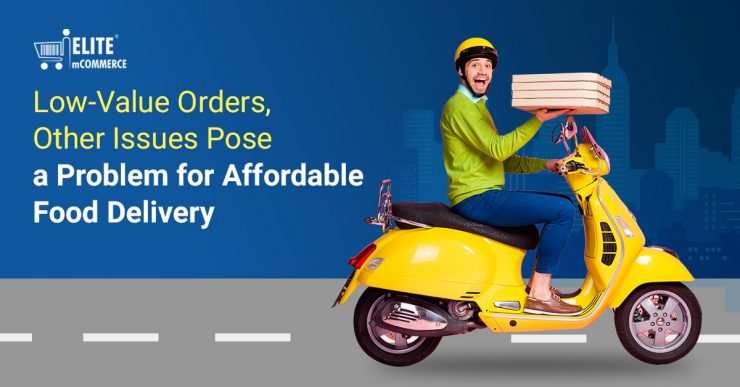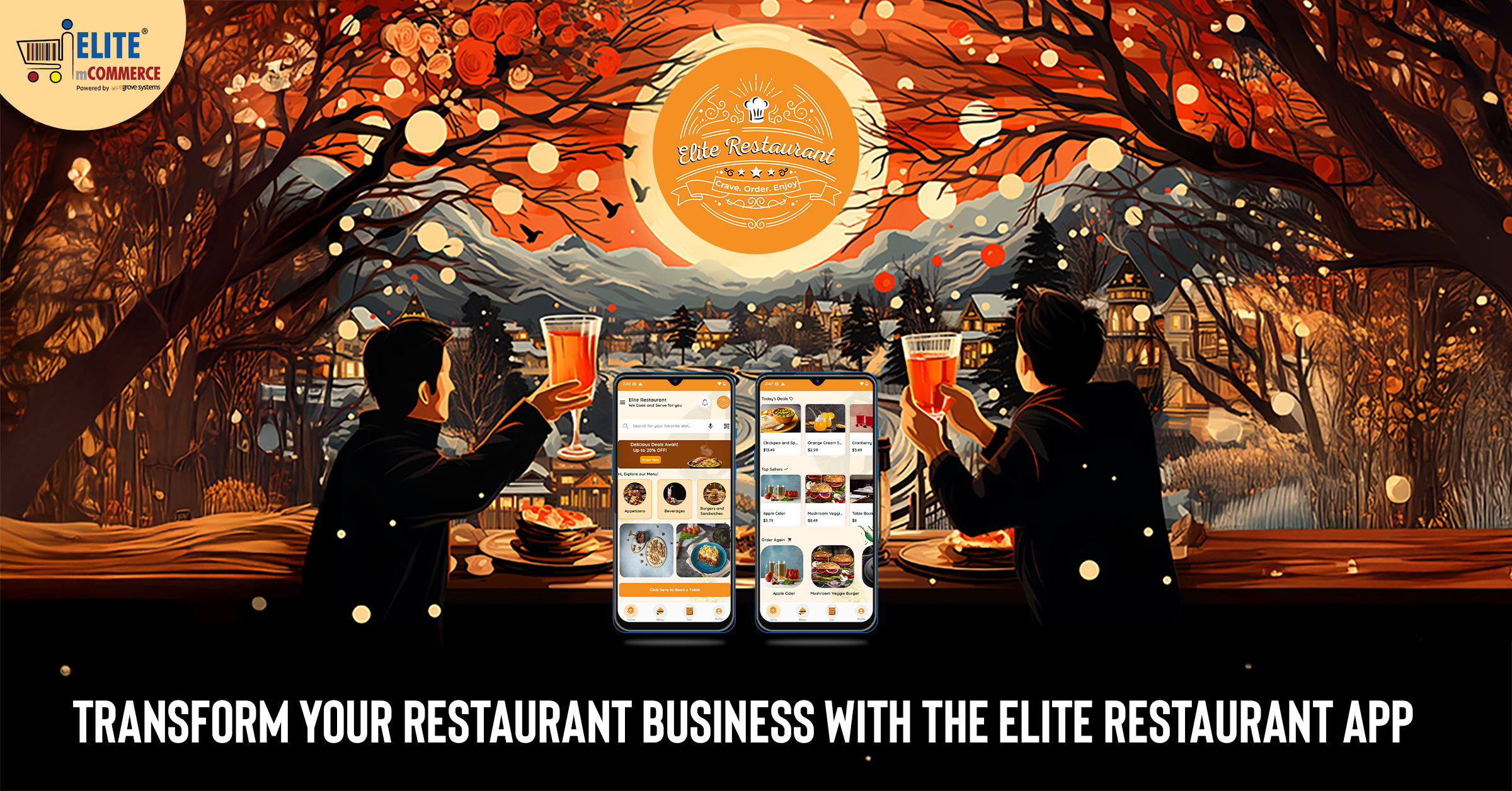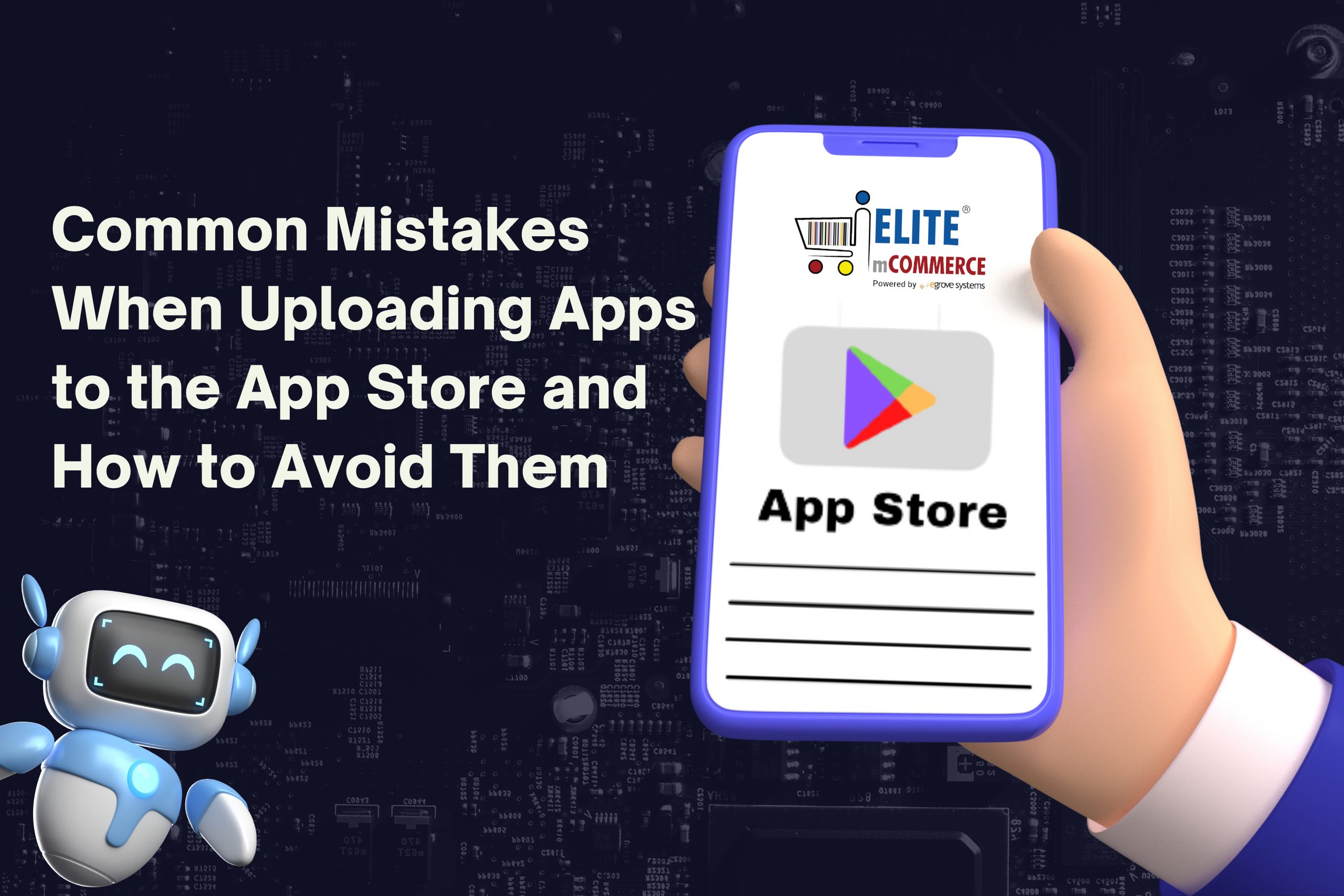Food delivery is becoming a vital part of the restaurant industry, offering convenience to customers and restaurants. But in many cases, the cost is too much, especially as commission and fees from third-party delivery services add up. It’s essential to understand when delivery is affordable and when it isn’t. This can help you choose the best delivery solution for your business.
Fee structures for delivery vary widely and are prone to change. Customers pay a basic delivery charge, usually a fixed fee that is often between $3 and $6. This fee is not paid on pickup orders through restaurant delivery apps since the customer gets their order themselves. Delivery fees can sometimes vary based on distance. There are also service fees, which are a percentage of the cart subtotal order that can be from 10% to 25% from services such as Postmates, DoorDash, and Uber Eats. There may also be a merchant fee meant to compensate the seller for the costs they pay to the app platform. In addition, tips can be given to the delivery staff through the app or in person.
Issues with Low-Value Orders
For the delivery service, the customer, and the restaurant, low-value orders present a problem. The delivery fee doesn’t fully cover the cost of sending a delivery to the customer’s location. Since restaurant delivery needs to be carried out as quickly as possible to satisfy the customer, doing multiple deliveries in one trip is often impossible. Low-value orders are also unprofitable to the delivery service and the restaurant since the fixed fee remains constant but the percentage fee is reduced. They may require a minimum order total, usually around $10, or else charge a small cart fee to compensate for it. For instance, Uber Eats, DoorDash, and Postmates charge 2$ for carts under $10.
High-value orders, on the other hand, are what every restaurant wants. The fixed cost remains low while the profit is much higher. For this reason, there are often incentives for higher orders, such as no delivery fee for if higher than a certain threshold, such as $35 total.
Restaurants have different approaches to encouraging higher-value orders. Upselling appetizers and beverages is one method; these are often left out of delivery orders compared to in-person dining. Another that is becoming more popular is alcohol delivery, which has been permitted more widely due to the pandemic hurting bars and restaurants. Alcoholic drinks are a high-markup item, so if restaurants are able to sell them, they can easily reach higher volume orders for the same meal.
Read also: Know the difference! Food Delivery apps vs. Food Aggregator apps
Choosing the Lowest Cost
Which app offers the most affordable delivery? An analysis from TechCrunch found that of all the major third-party apps, Seamless offered the lowest service fees, averaging 1.6%, far below other competitors. Meanwhile, Uber Eats had the lowest delivery fees of around $1.39 but charged a much higher 15% service fee. The total meal cost for Seamless was 17% above the restaurant list price, while other services charged around 30%.
Since customers are frustrated at having to pay so much for delivery, finding the right service that charges the least is a good approach for restaurants to take. Self-delivery and reduced dependence on third parties is the only clear way to reduce costs.
The Restaurant Perspective
Restaurants are often in a position where they need to choose between third-party or self-run delivery. Third-party will get them more sales but at a lower profit margin. Delivery fees that are too high will discourage customers. Understanding fees and customer behavior are crucial for making the decision.
Self-run delivery will avoid service fees and merchant fees being passed on to the customer, reducing costs for them. In addition, the restaurant avoids paying commissions of 20-30% on the order total, or marketing fees charged for the third-party platform’s role in referring customers to the restaurant.
One final concern for independent restaurants is that they may be treated worse compared to large chains. Generally, apps give large chains and QSRs lower rates to get them onto the platform, meaning that smaller individual restaurants are paying a relatively higher rate. When the burden falls on local restaurants to support the food Delivery app, they need to consider whether it’s the right choice for them.









Add comment